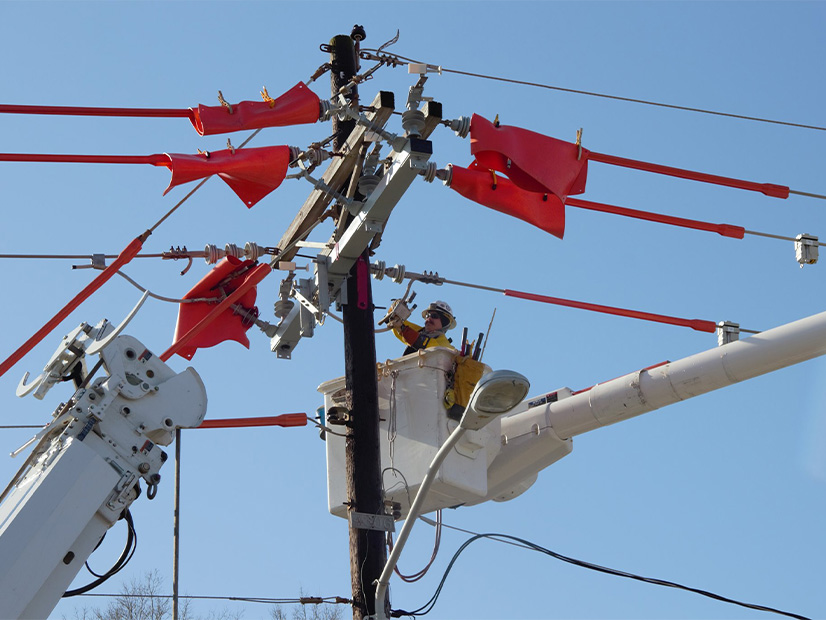FERC said Thursday that MISO and SPP can use a predictive flow factor process to offset overlapping congestion charges between the RTOs on pseudo-tied loads and resources (EL17-89, et al.).
However, the commission said the grid operators are not off the hook in refunding past excessive congestion charges.
FERC said the organizations can use the new process, which entails using forecasted rather than historical data, to determine the relief necessary on a market-to-market (M2M) flowgate. MISO and SPP said a predictive process will allow them to provide more precise redispatch relief on constraints.
The RTOs pledged to use the process in the first couple of intervals after an M2M event begins. The update to their joint operating agreement will become effective at the end of March 2022, when the RTOs will complete software design and testing.
FERC agreed that the solution would dramatically cut or reduce the duplicative charges.
The commission said in late 2019 that it would investigate overlapping congestion charges between the grid operators after complaints from American Electric Power (AEP) subsidiary Southwestern Electric Power Co. and the city of Prescott, Ark. FERC has since held a technical conference on the matter, ruling that MISO and SPP must correct the problem and rejecting challenges from the RTOs. (See FERC Upholds Decision on MISO-SPP Overlapping Charges.)
AEP and Prescott argued that it won’t be clear for months whether the new process is a sufficient solution and asked FERC that its acceptance be conditional. The commission responded that the predictive flow factor remedy should represent an improvement over the RTOs’ “uniquely excessive” congestion charges, reminding AEP and Prescott that “the RTOs cannot provide perfectly calibrated redispatch to match the exact congestion relief required.”
However, FERC ordered the grid operators to submit three annual joint informational reports through early 2025 to describe whether the solution works in practice and to list any post-implementation challenges.
FERC: Refunds in Order
FERC set hearing and settlement judge procedures to establish appropriate refunds due to AEP and Prescott.
The RTOs had said the refunds would be too onerous to calculate. They said the calculations would be tantamount to re-running the market and asked FERC to exercise its discretion in not ordering the refunds.
MISO and SPP said that “by only correcting the relief amount during any given interval, without taking into account the many variables that occur during real-time operations, the results of the calculations would be, at best, an unverifiable estimation.”
FERC countered, “We believe that providing recovery to AEP and Prescott for the unjust and unreasonable overlapping congestion charges they incurred during the refund period outweighs the RTOs’ concern that calculating refunds for AEP and Prescott would be burdensome and lead to unverifiable estimates.”
Before proposing their solution, MISO and SPP had argued that though duplicative congestion charges are possible for their pseudo-tie transactions, mechanisms such as virtual transactions, financial transmission rights and firm flow entitlements counteract double charging.
MISO maintained that congestion charges on the RTOs’ pseudo-tied generation don’t require special tariff remedies similar to the measures it took to correct double charging with PJM. MISO said it did not experience near the pricing impacts that it used to with PJM transactions.



